- I drove some of Toyota’s off-road vehicles through the Hell’s Revenge trail in Moab, Utah.
- All three cars had the i-Force Max hybrid powertrain, and it performed well.
- The 4Runner TRD Off-Road Premium had its flaws but proved to be the best out of the three.
The Toyota 4Runner, Land Cruiser and Tacoma Turned Hell's Revenge Into a Piece of Cake
We off-road on one of America's most popular trails in a 4Runner, Land Cruiser and Tacoma
Off-roading can bring about some of the most fun experiences behind the wheel, but not without challenging your driving skills. The Hell’s Revenge trail in Moab, Utah, is one of the most popular 4x4 trails in America, with plenty of other outdoor recreational activities at your disposal. It has obstacles that will test you and incredible views that will inspire you.
I conquered Hell’s Revenge in some of Toyota’s four-wheelers to test out how capable they really are in stock form. The three vehicles I piloted were the Land Cruiser, the Tacoma TRD Pro, and the 4Runner TRD Off-Road Premium. In the end, all three Toyotas prevailed, but one stood out as the most enjoyable.
Three Toyota off-roaders vs. one challenging trail
Despite being fairly new to off-roading, I was able to safely traverse all the obstacles and different terrains I encountered in all three Toyotas I drove. The Land Cruiser and the 4Runner TRD Off-Road Premium are the two vehicles that can be pitted directly against each other. Both vehicles are SUVs and ride on Toyota’s TNGA-F platform with the same suspension setup and hybrid powertrain. I also drove the Tacoma TRD Pro, which bears many similarities to its siblings but in truck form.
Hell’s Revenge hits you with a stunning challenge right off the bat: a narrow uphill path — also called a fin — that welcomes you at the trailhead. From the parking lot, the hill looks intimidating, but once you initiate the climb, you instantly begin to enjoy the ride and appreciate your surroundings. Every obstacle we encountered shouldn't be taken lightly because the consequences can be severe. Soon after descending, we came across uneven ground with rocks and boulders on both sides and a narrow path that served as the ideal route to avoid damage. All three trucks put their suspension systems to work and wheeled through this without any fuss.
As we kept motoring along, we came across boulders and steep hills we had to carefully climb to reach higher points and continue. The Toyotas once again got up and over with ease. The Land Cruiser’s 32-degree approach angle came in handy in these instances because it avoided hitting most obstacles altogether. The 4Runner’s significantly lower approach angle — 19 degrees — was noticeable as I tapped the front skid plate more than once.
Departure angles on all three vehicles were sufficient, but one thing that irked me was the rear mud flaps on the Land Cruiser. Every single time we had a steep descent and came to flat ground, the mud flaps would make contact. Of course, those can be removed, and I highly suggest you do so if you plan on taking it off-roading. The Tacoma is longer than its SUV siblings, but it still managed to get through tight spaces and turns with the only issue being the trailer hitch that kept scraping on steep drops.
I was very impressed with Toyota’s Multi-Terrain Monitor. With the help of surrounding cameras, this system can help you determine the immediate conditions around your car. You press a button to display the camera view you desire and see what you need to be careful with; almost like a spotter would, but without the need for a human standing outside in the grueling heat guiding you through. Nevertheless, I still suggest you physically check for clearance if you’re unsure, and you can never go wrong with having a breathing and thinking spotter. I found this system most helpful when reaching a summit with a blind crest. The front camera allows you to see way farther than you possibly can from inside the car.
The beautiful thing about Hell’s Revenge, aside from the scenic views, is that it grants drivers the chance to experience what off-roading is all about in one single trail. I motored through many off-road features like different terrains, rocks, boulders, hills, ruts and grooves. Every obstacle had a different level of difficulty, but the stock Toyotas got us through them all. I must admit, in addition to the trucks’ impressive capabilities, the solid team at OLT 4x4 helped me get through all the hurdles comfortably.
The 4Runner TRD Off-Road is the best companion
I began the journey in the Toyota 4Runner TRD Off-Road Premium. This trim is the midgrade of the ‘Runner lineup and gives you plenty of features and items for a pleasant drive on and off the paved road. On this occasion, getting me through this rocky trail was the demand. I still prefer this 4Runner over the more expensive Tacoma TRD Pro.
Immediately after getting behind the wheel of the 4Runner, I knew that visibility was going to be an issue. The side windows are small, so it took some extra leaning over to look out the window and inspect side clearance. Toyota’s Multi-Terrain Monitor was very helpful on many occasions, but even then, I needed to look out the window to ensure I was clearing some obstacles. The windshield is also small and it's raked in a way that makes it hard to look over the front end, especially now that the 4Runner is larger overall.
Aside from the lack of visibility, the 4Runner performed exceptionally well. I’m not saying that the other two trucks I drove did not, but the 4Runner felt more well rounded overall. Crawling over obstacles was fairly easy and smooth. More times than not I found myself only having to feather the throttle to overcome what was in front. The good low-end torque coming from the 2.4-liter turbo hybrid was definitely beneficial, and the Bilstein shocks and 33-inch all-terrain tires helped with traction and capability.
The Land Cruiser, on the other hand, wallowed and swayed more and felt like it needed to work harder to get past some hurdles. To be fair, the Land Cruiser is a bit heavier and is only offered with non-specialized Tokico dampers and all-season tires. Steering on the 4Runner is also light and fairly direct which made positioning the wheels where I wanted effortless.
Although both SUVs made it through the trails unscathed, the 4Runner TRD Off-Road felt more at home on the trail than the Land Cruiser did, and for about $10K less, I think it’s the way to go if you’re looking for a capable SUV that makes it easier and more pleasant to off-road.
In the end, these Toyotas proved to have what it takes to go off-roading with the top dogs without having to spend extra cash on aftermarket parts. Certainly, building your own capable four-wheeler can seem more economical considering the steep prices on these rigs, but if you’re in the market for a solid off-roader right out of the showroom, then these are undeniably great options.
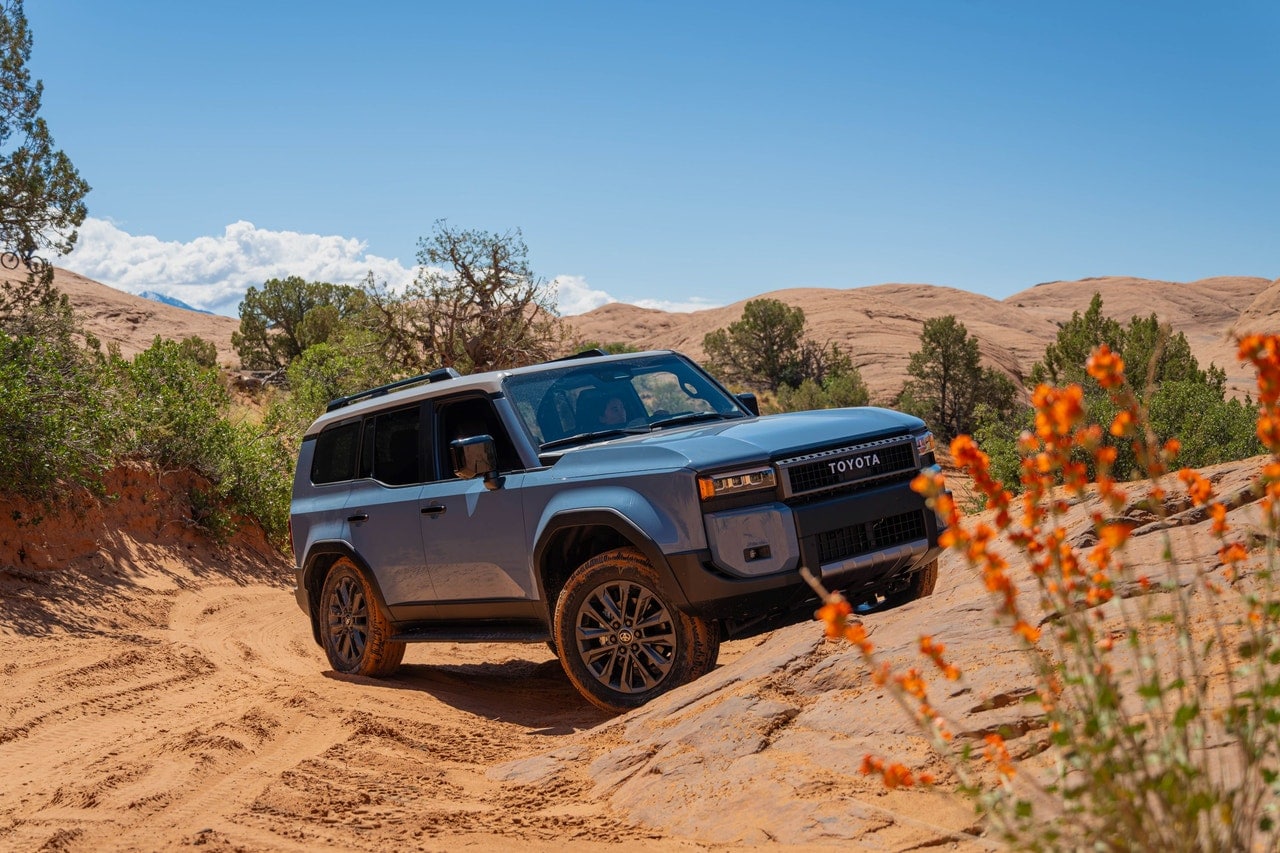
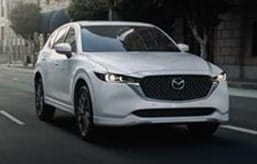

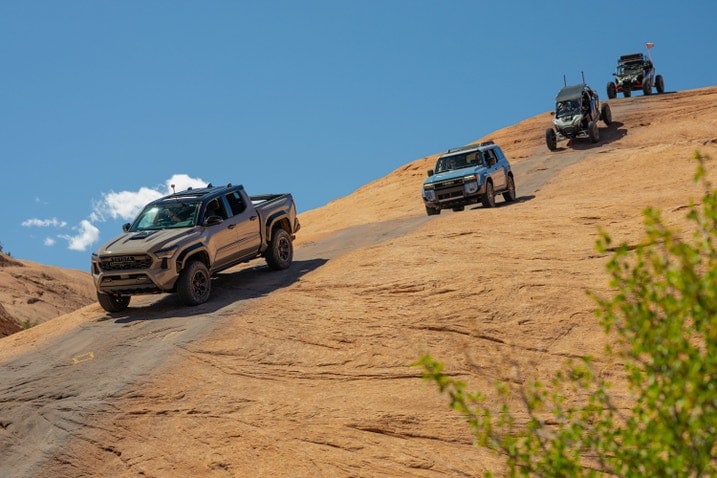

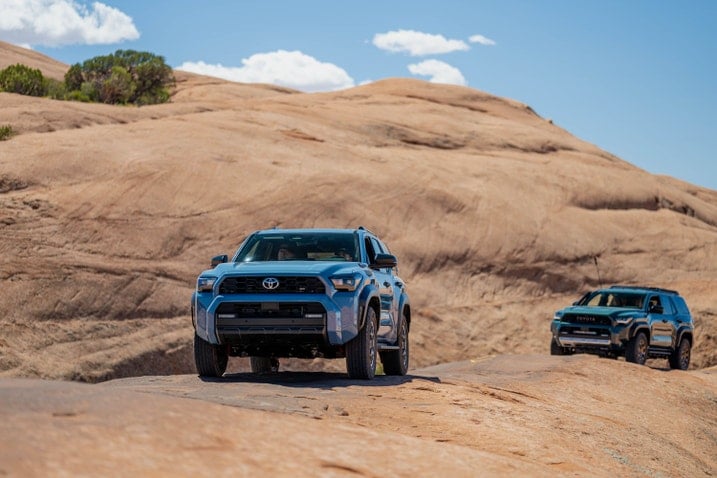
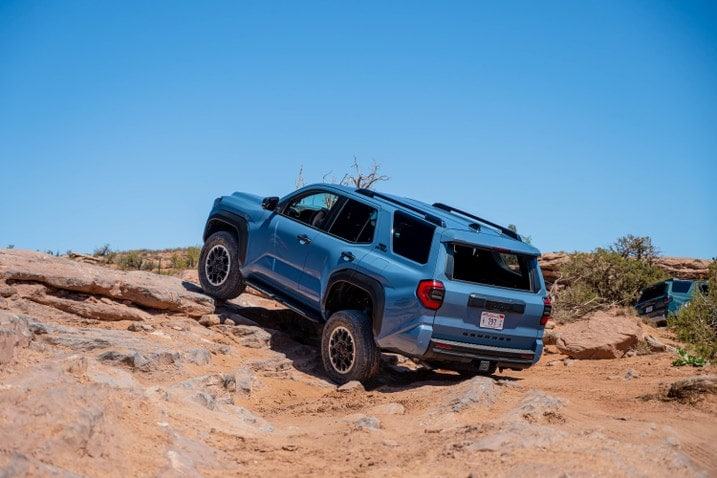
 by
by  edited by
edited by